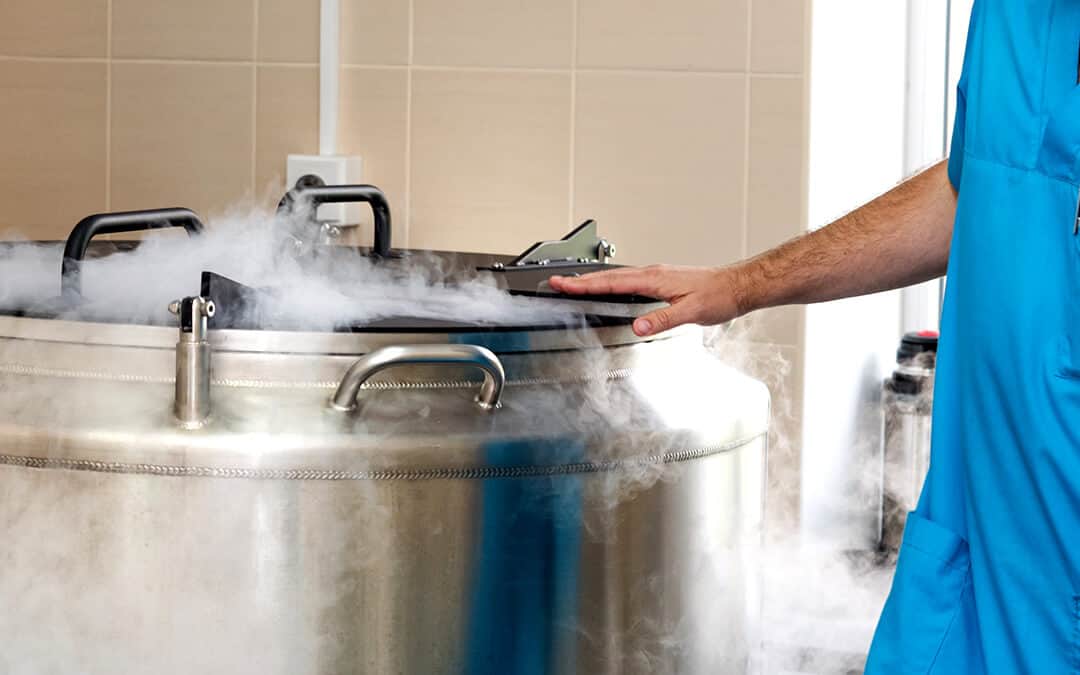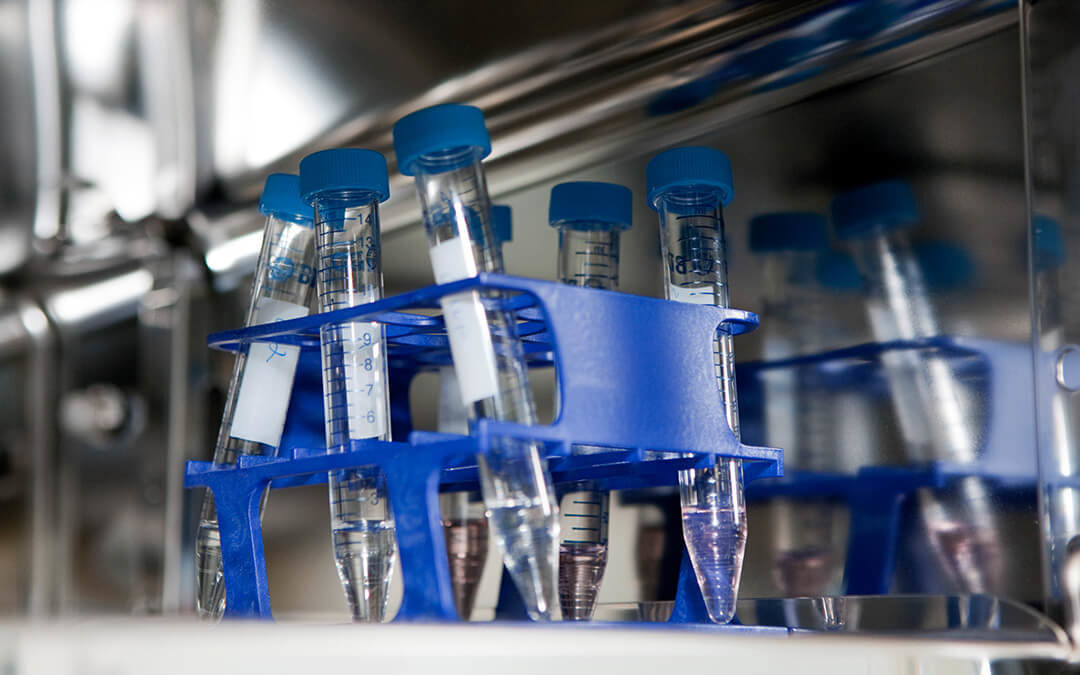You’re probably most familiar with liquid nitrogen in fun drinks, molecular gastronomy, innovative ice creams and more. But this versatile element also proves to be essential in the medical field, particularly when it comes to fertility clinics. For people who are looking to have children, egg freezing is a relatively new — and extremely viable — option. And liquid nitrogen is a key component of making this process possible.
What Is Liquid Nitrogen?
Liquid nitrogen is the liquefied form of nitrogen. Since pure nitrogen occurs as a gas and makes up 78% of the atmosphere, liquid nitrogen is made by cooling and compressing air straight from the atmosphere. In its liquid state, it is clear and non-toxic but dangerous; liquid nitrogen is extremely cold, boiling at -1960° Celsius. Sometimes referred to as LN2, LN, or LIN, this colorless, odorless, and non-flammable element has a wide range of applications.
Typically, liquid nitrogen is stored in special insulated and vented containers to prevent pressure buildup. It can be stored for hours or for up to a few weeks. Aside from fertility clinics, liquid nitrogen can be used for industrial and medical applications, such as:
- Freezing warts and moles
- Cryotherapy
- Freezing and transportation of food products
- Cooling of superconductors like vacuum pumps and other equipment
- Cryopreservation
- Cryosurgery
- Quick freezing of water or pipes
- Flash freezing
How Is Liquid Nitrogen Used In Fertility Clinics?

Fertility clinics use the cryopreservation power of liquid nitrogen in their day-to-day business. In the fertility-harvesting process, IVF doctors harvest and store multiple eggs. Once removed, the eggs are then frozen for long-term storage. This method, called embryo cryopreservation, uses a flash-freezing process to quickly freeze the eggs for long-term storage. After the eggs have frozen, they are then stored inside tanks of liquid nitrogen until they are needed, increasing both the success rate of egg freezing and egg survival.
There are many reasons why embryo cryopreservation may be chosen, such as:
- Providing multiple chances for a pregnancy, or more children
- Saving embryos before treatments for cancer, etc.
- Saving embryos and giving them to someone in a donor program
- Saving embryos and donating them for research
Embryo cryopreservation has proven to be a safe method of preserving embryos. Many healthy babies have been born from embryos that were frozen and thawed, some even born from embryos frozen for more than 10 years!
How Is Embryo Cryopreservation Done?

Two different methods are used to freeze and preserve embryos: slow programmable freezing and vitrification. In the slow method, the embryos are frozen slowly, in stages. Once frozen, the embryos are stored in liquid nitrogen at -321° Fahrenheit (-196.1° Celsius). Vitrification is a rapid freezing technique in which the embryos are quickly placed into liquid nitrogen. This process changes them into a semi-solid state. But whichever method is chosen, the frozen embryos are stored in sealed liquid nitrogen freezers until needed. Embryos can be frozen in liquid nitrogen for many years, with no damage done to the embryos.
Just as fertility clinics must handle their materials with the utmost precision, so must liquid nitrogen be handled. This particular substance comes with specific requirements for safe storage, handling, and usage. If you are an IVF or fertility clinic that uses liquid nitrogen, contact CalOx, as we specialize in providing businesses with everything needed to use liquid nitrogen, from regular deliveries to storage, delivery, and handling equipment, along with training and maintenance.
Sources:
https://www.abc.net.au/science/surfingscientist/behind.htm
https://www.mvsengg.com/blog/uses-of-liquid-nitrogen-its-working-principle/
https://my.clevelandclinic.org/health/treatments/15464-embryo-cryopreservation
